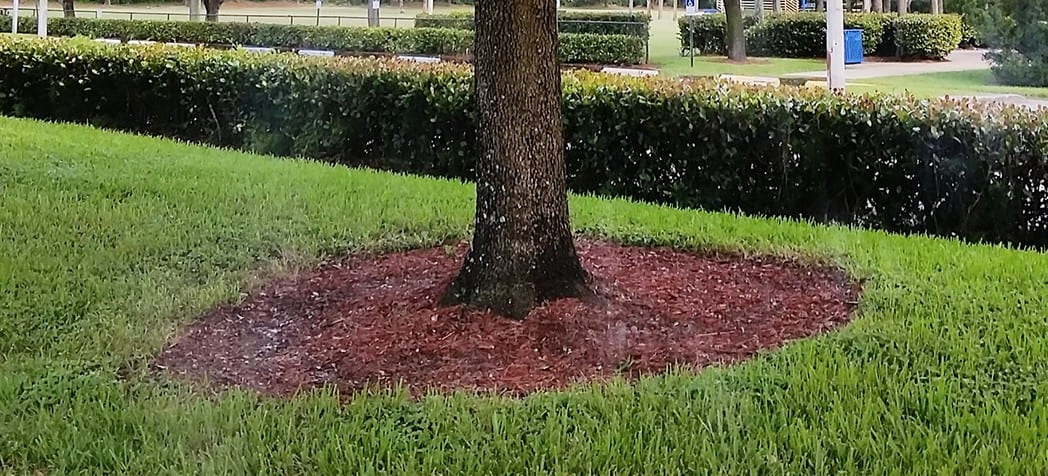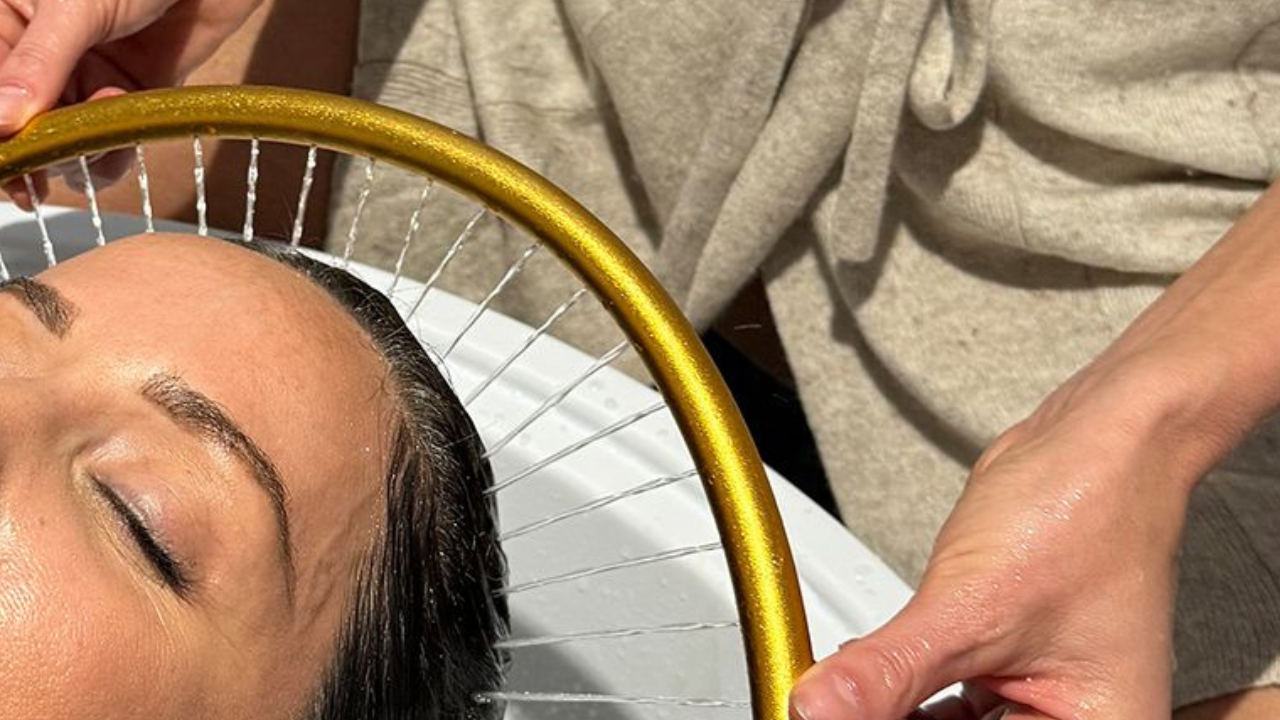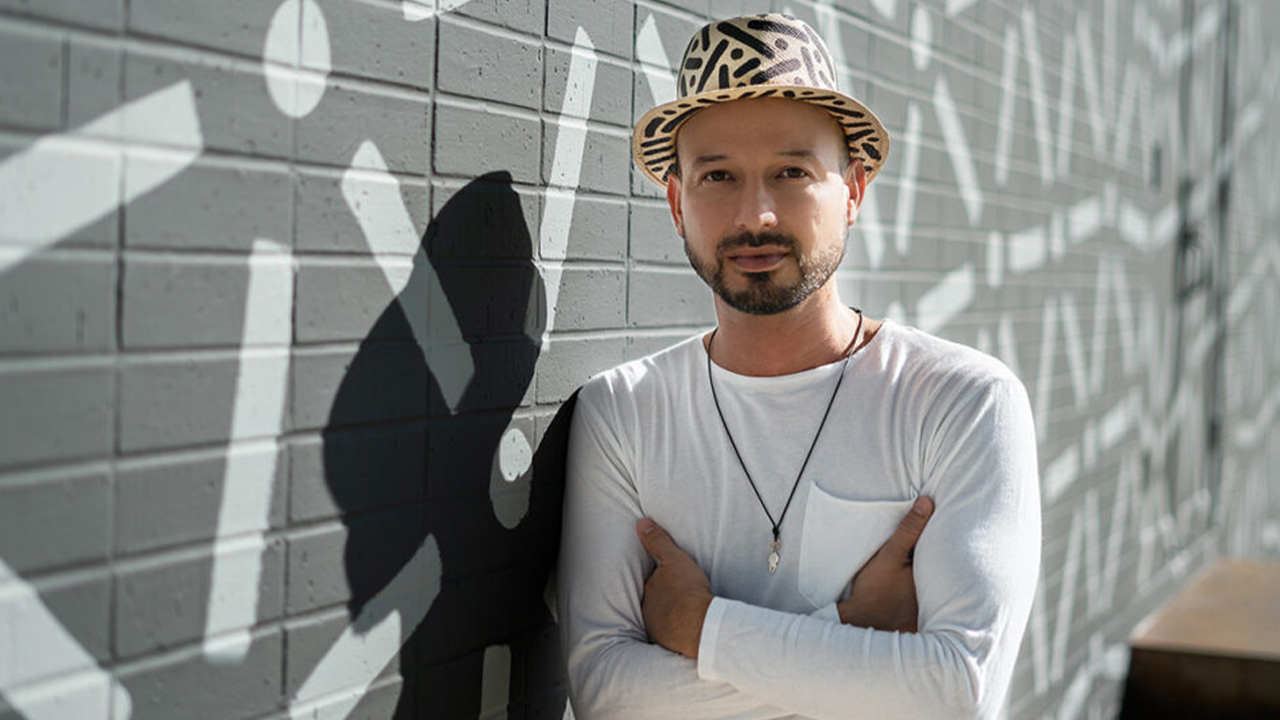 The benefits of using mulch
The benefits of using mulch
Mulching your landscaping is a little bit like taking vitamins. When done correctly, vitamins can improve overall health and well-being. Likewise, the use of organic mulches in our landscape is beneficial for a number of reasons, and proper mulching contributes to healthier landscapes.
But sometimes, people think if a little bit is a good thing, then a lot is better. What we know, though, is that too many vitamins might be harmful—toxic even. Overusing mulch can be harmful, too.
We see it all the time—the “mulch volcanoes” piled high against the trunk of a tree or palm, in a cone shape. That’s not good. Mulch volcanoes can lead to irregular root growth, such as stem-girdling roots. At the top of the mulch volcano, roots find the moist, airy mulch an attractive environment and tend to grow up and circle around the base of the tree. At the bottom-most base of the volcano, the water-logged soil can suffocate the deeper root growth, and may create rot. Both rotting roots and circling roots can create a safety issue in your yard, either by killing the tree or shrub or by enabling them to fall over.
Mulch serves a purpose beyond making landscapes look attractive. It keeps roots moist by reducing evaporation and moderates soil temperature, protecting roots from extreme heat or cold. It inhibits weed growth and germination. As wood mulches break down, they provide an organic element to the soil, enriching it while improving aeration and structure. Mulch also creates a protection zone, keeping your tree from damage caused by string trimmers and lawn mowers.
 Because of its benefits, mulch is required by Coconut Creek city code, which states it’s to be added to all landscape beds and around the bases of trees and palms. Similar to how trees are mulched in a forest, a light layer of mulch is all that is needed—essentially a flat, even layer about 2 or 3 inches deep. It is important to pull the mulch back at least 4 inches from the trunk, exposing the trunk flare.
Because of its benefits, mulch is required by Coconut Creek city code, which states it’s to be added to all landscape beds and around the bases of trees and palms. Similar to how trees are mulched in a forest, a light layer of mulch is all that is needed—essentially a flat, even layer about 2 or 3 inches deep. It is important to pull the mulch back at least 4 inches from the trunk, exposing the trunk flare.
Replenish your mulch about two times a year, but don’t create a mulch volcano, because that’s just too much of a good thing.














